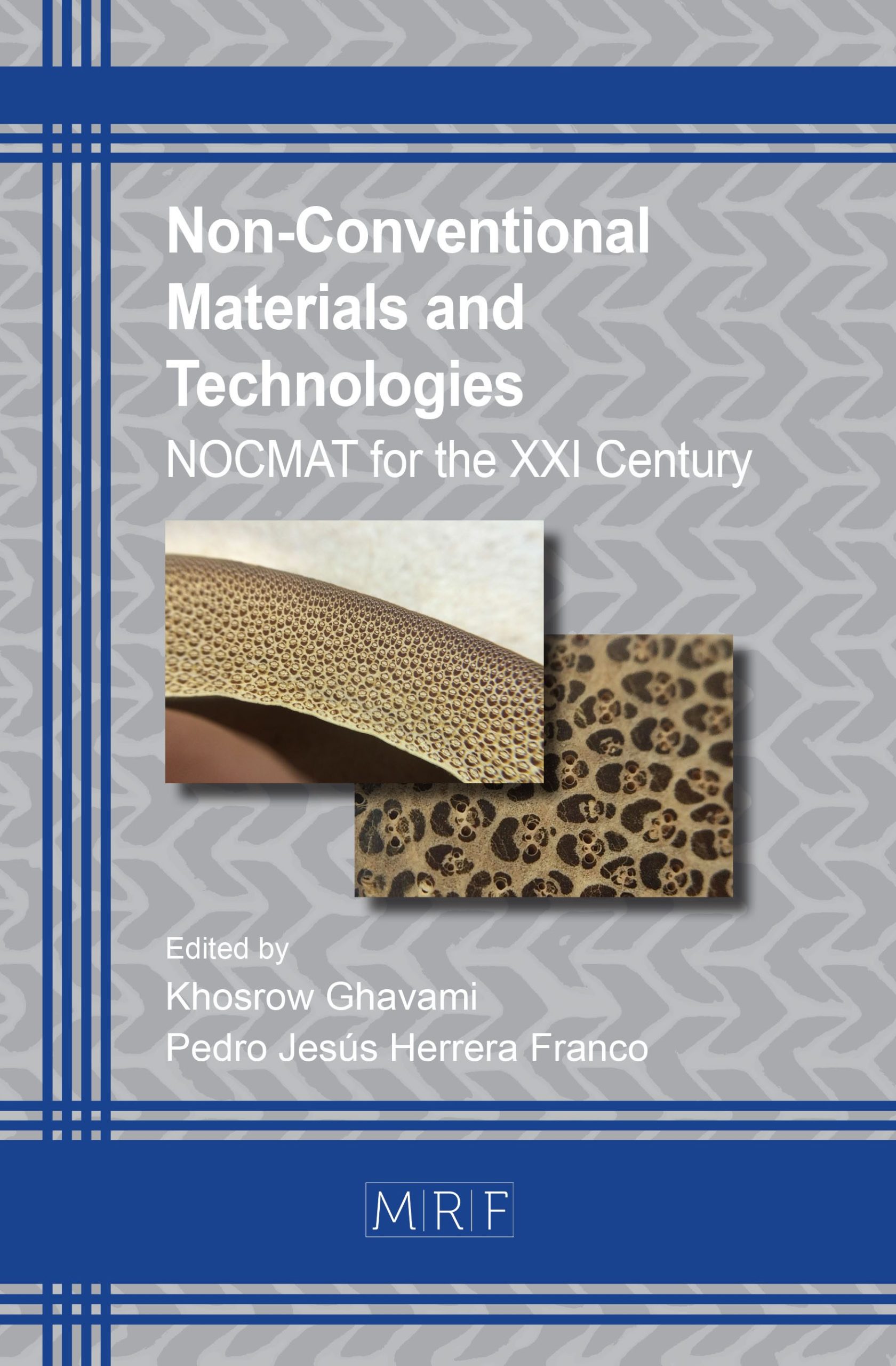Performance Analysis of Corrosion Inhibitors in Pore Solution and Reinforced Concrete for Carbon Steel CA 50
A.O. Domínguez, M.M. Mennucci b, D.C.C. Dal Molin
Abstract. The aim of this work is to study the best performance in between sodium nitrite, sodium phosphate and ethanolamine as corrosion inhibitors of steel bars in the simulated concrete pore solution and then test it in the concrete. The effectiveness of these compounds as corrosion inhibitors was investigated by measuring the electrochemical impedance spectroscopy of steel bars immersed for 3 and 72 hours in solutions with and without chlorides. The results showed that higher performance was observed in the presence of the sodium nitrite. So, for the second stage of this work was chosen just sodium nitrite. Samples were taken of concrete reinforced with the addition of sodium nitrite and contaminated with chlorides. For this purpose, were selected two Brazilian types of cements CP-IV (pozzolan) and CP-V and three water/cement ratios (w/c 0.4; w/c 0.5; w/c 0.65). To simulate the marine environment aggression, chlorides accelerated tests were conducted. Even if one is liquid (pore solution) and another is solid (concrete), in both tests, the nitrite had increased efficiency with the exposure time.
Keywords
Corrosion Inhibitor, Corrosion, Chlorides, Pore Solution, Concrete
Published online , 12 pages
Copyright © 2018 by the author(s)
Published under license by Materials Research Forum LLC., Millersville PA, USA
Citation: A.O. Domínguez, M.M. Mennucci b, D.C.C. Dal Molin, ‘Performance Analysis of Corrosion Inhibitors in Pore Solution and Reinforced Concrete for Carbon Steel CA 50’, Materials Research Proceedings, Vol. 7, pp 428-439, 2018
DOI: http://dx.doi.org/10.21741/9781945291838-40
The article was published as article 40 of the book Non-Conventional Materials and Technologies
References
[1] Yiğiter, H., Yazıcı, H., & Aydın, S. (2007). Effects of cement type, water/cement ratio and cement content on sea water resistance of concrete. Building and environment, 42(4), 1770-1776. https://doi.org/10.1016/j.buildenv.2006.01.008
[2] A. C. Vasconcelos, " Inovações na engenharia do concreto, & quot; Revista Ibracon, 2002.
[3] M. M. Mennucci, " Avaliação da potencialidade de aditivos inibidores de corrosão do aço carbono CA-50 usado como armadura de estruturas de concreto, & quot; Dissertação de Mestrado, IPEN, São Paulo, 2006.
[4] Andrade, C; Alonso, C; Acha, M; Malric, B. Cement and Concrete Research 22, 869, 1992. https://doi.org/10.1016/0008-8846(92)90111-8
[5] BOLINA, C . et al. Inibidores de corrosão: Avaliação do desempenho frente à corrosão de armaduras induzida por cloretos e carbonatação em meio aquoso. ENGEVISTA, Brasil, V.15, p. 81-94, 2013.
[6] BOLINA, C. C. Inibidores de corrosão: Avaliação do desempenho frente à corrosão de armaduras induzida por carbonatação e cloretos. Tese de Doutorado. Dissertação (Mestrado em Engenharia Civil)–Universidade Federal de Goiás, Goiânia, 2008.
[7] MORENO, Mercedes Sánchez. Películas pasivas modificadas por el empleo de inhibidores de corrosión para la protección de armaduras: sistemas de prevención de la corrosión. Tese de Doutorado. Universidad Autónoma de Madrid, 2007.
[8] Lima, M. G.; Arvati Filho. A; HELENE, P. R.; Inibidores de corrosão: compatibilidade cimento-aditivo. EPUSP, 1996
[9] Helene, P. R., & Terzian, P. Manual de dosagem e controle do concreto. Pini, 1992.
[10] Andrade, C, Soler, L. and Nóvoa, X. R. Advances in electrochemical impedance measurement in reinforced concrete. MaterialsScienceForum, Trans. Tech. Publications, Switzerland, Vols. 192-194, pp 843-856. 1995.
[11] Hoppe Filho, J. Sistemas cimento, cinza volante e cal hidratada: mecanismo de hidratação, microestrutura e carbonatação de concreto (Doctoral dissertation, Universidade de São Paulo, 2008.
[12] Kosmatka S.H., Kerkhoff B. y Panarese W.C, Design and Control of Concrete Mixtures. 14th ed. Engineering Bulletin 001. Skokie, IL: Portland Cement Association, 358, 2002.
[13] Saura GÓMEZ, P. Inhibidores en el inicio y propagación del proceso de corrosión de las armaduras en el hormigón armado. Universidad de Alicante, 2011. ISBN 8469509608.































